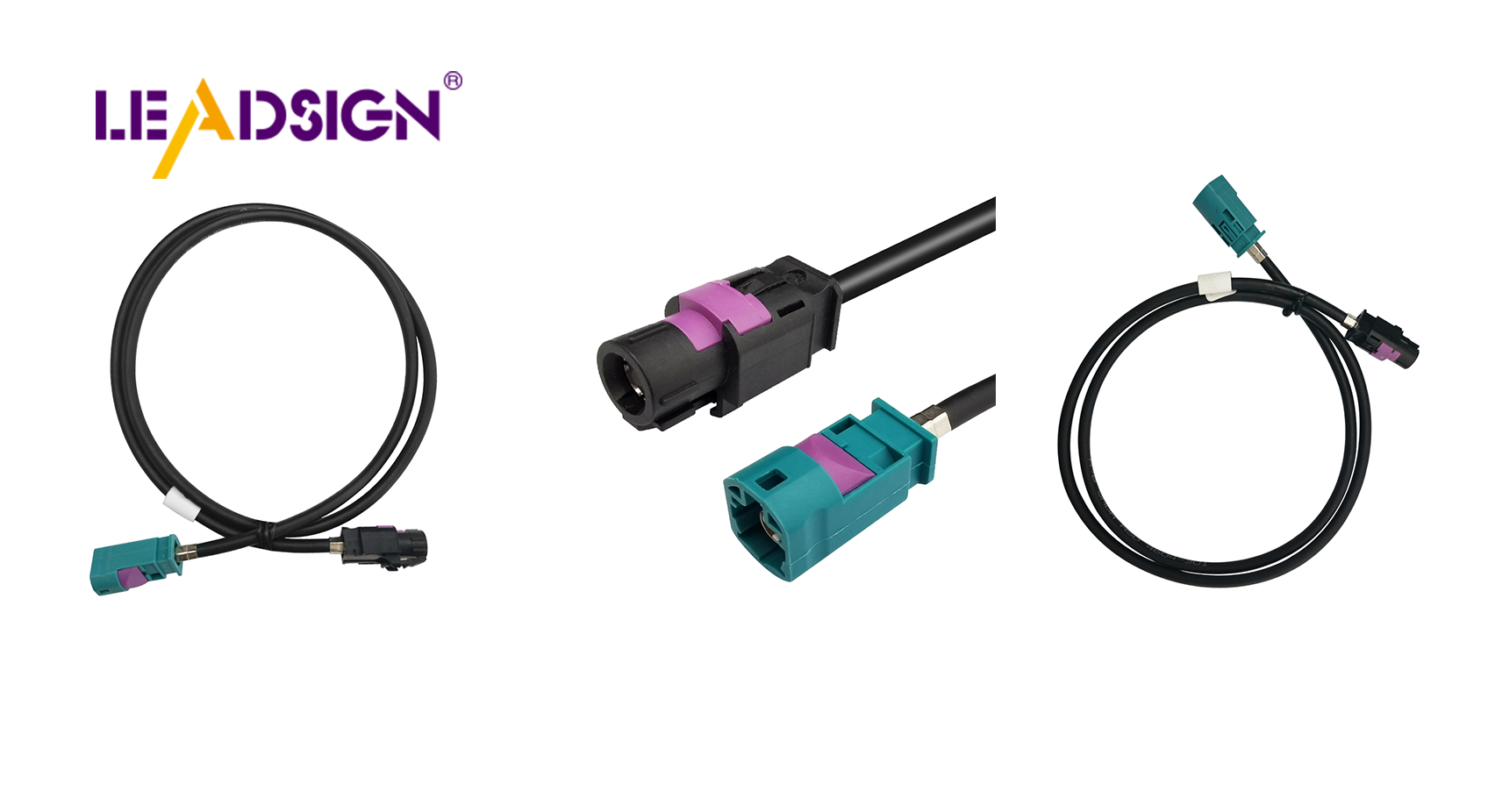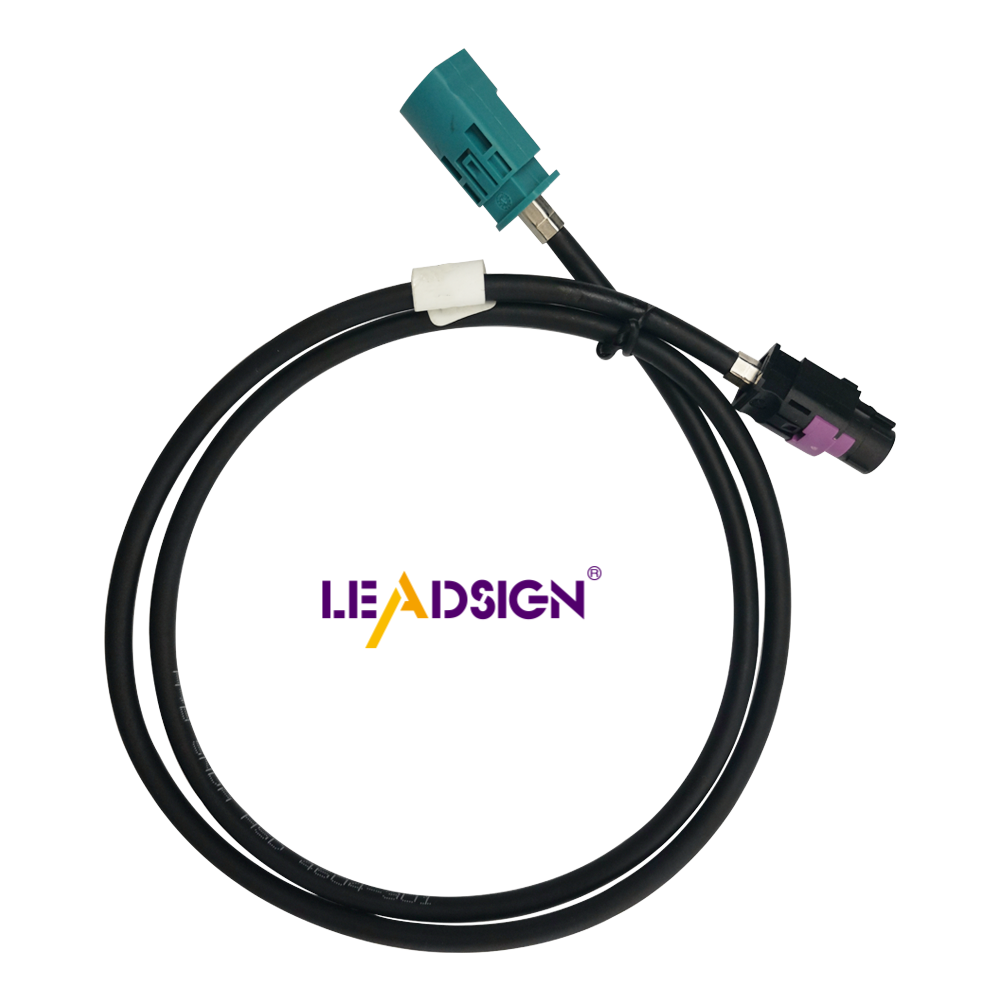Automotive Electrical Connectors Types You Need Today

Automotive electrical connectors types are crucial in modern vehicles. They play a vital role in facilitating the smooth transmission of power and signals between different components. This functionality is essential for ensuring the efficient operation and safety of cars. With the advancement of technologies like ADAS and electric engines, the demand for robust connectors has increased. These connectors not only safeguard vehicles and occupants by supporting the functionality of safety systems but also prevent vulnerabilities and issues, thereby enhancing the longevity of repairs and reducing instances of breakdowns. The evolution of these connectors reflects the automotive industry's emphasis on safety and innovation.
Performance Standards for Automotive Connectors
Temperature Classifications
Automotive connectors need to handle different temperatures. This ensures they work well. The industry sorts these connectors by their working temperature.
T2 Classification
T2 is for passenger parts. These connectors work well in normal temperatures. They help keep inside car systems running smoothly.
T3 Classification
T3 is for engine parts. These can take higher heat. They keep working in the hot engine area.
T4 Classification
Near hot parts, you need T4 connectors. They handle more heat. This keeps things safe and reliable even when it's really hot.
T5 Classification
T5 is the best for high heat resistance. These can take up to 175°C. They're great for high-performance uses.
Standards and Regulations
Automotive connectors must follow strict rules to be safe and work well.
USCAR 2 Standard
The USCAR 2 Standard comes from the Society of Automotive Engineers (SAE). It sets tests for automotive electrical connectors' performance. This makes sure they meet top standards during making and testing phases. It checks heat, shaking, and environment tests like random shaking and salt spray.
Other Relevant Standards
Besides USCAR 2, other rules are important too. They make sure connectors meet global needs from car makers and groups. They focus on being reliable so that connectors work well in many car uses.
Specific Types of Automotive Connectors

Automotive electrical connectors types are key parts in cars today. They help send power and signals smoothly between systems. Knowing the different kinds helps pick the right one for each job.
HSD Connector
The HSD Connector is a top choice in car electronics. It handles fast data, perfect for advanced car uses.
Mechanical Properties
The HSD Connector has features that make it work well:
Primary and Secondary Lock: Keeps connections tight, stops them from coming loose.
Crimp Connection: Offers a strong and lasting link.
High Cable Retention Force: Holds cables firmly, even when pulled.
High Coding Efficiency: Different codes on housing stop wrong hookups.
These traits make the HSD Connector strong for cars, ensuring it works well.
Applications in Automotive Electronics
The HSD Connector is used in many car electronics:
Engine Management Systems: Sends data quickly for engine control.
Safety Systems: Supports safety by keeping connections steady.
Digital Infotainment: Boosts audio and maps with fast data moves.
These uses show how useful the HSD Connector is in today's cars.
Other Common Connector Types
Besides the HSD Connector, other connector types are important too.
Circular Connectors
Circular Connectors are popular because they are tough and easy to use. They connect things like lights and power parts securely. Their round shape makes them easy to line up and plug in, which is why they’re liked a lot.
Blade Connectors
Blade Connectors are simple and reliable. They're used where quick links are needed. These connectors join wires to things like switches easily, spreading power through the car efficiently.
Uses of Car Connectors
Car Electronics
Car connectors are very important in car electronics. They help systems talk to each other well, making cars work better and safer.
Engine Control Systems
Connectors in engine systems send data correctly. They keep the engine running smoothly by staying connected well. Good connectors stop problems that can cause engine issues.
Safety Features
In safety parts like airbags and brakes, connectors are key. They make sure things work right when needed. Using good connectors here is super important for safety.
Phone and Internet Industries
The phone industry also uses car connectors a lot. These help build strong networks for talking and sharing data.
Talking Systems
Connectors in talking systems send signals clearly. They keep data safe, which is important for good communication, especially in cars with new tech features.
Data Sharing
For sharing data, connectors move lots of info fast and right. They help apps that need quick data moves, making sure info goes smoothly between systems.
Fun Tech Inside Cars
Fun tech inside cars needs connectors to give users a great time. These need to handle lots of data well.
Music Systems
In music systems, connectors make sound clear. They link speakers and amps, keeping sound nice and clear for everyone in the car.
Map Systems
Connectors in map systems send location info right away. They update maps fast so drivers get good directions. This shows how important connectors are for cool car features.
To sum up, car connectors are key everywhere from safety to fun tech inside cars. Their strong links make modern cars reliable and efficient.
Picking the right car connectors is very important. They help cars work well by sending power and signals correctly. When choosing connectors, think about how hot they can get and how well they work. This stops problems and keeps cars safe. Good connectors make cars more reliable and safe. By putting them in right and using the right amount of power, makers can make cars last longer. This shows how important connectors are in today's car technology.
See Also
Exploring HSD Connectors in the Auto Sector
Significance of Fakra Connectors in Today's Cars
The Vital Role of Fakra Connectors in Auto Sector

